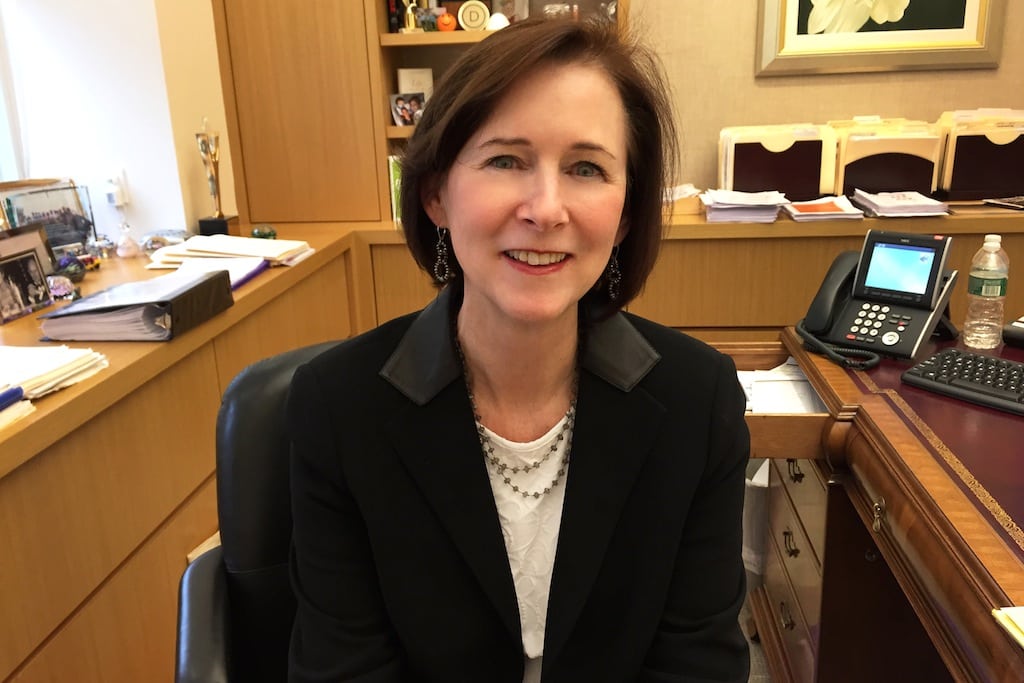Interview: Denihan Hotels CEO on Giving Guests a Story to Go Home With

Skift Take
Designing the guest experience today requires thinking through the entire travel process, which includes providing guests with jealousy-inducing stories to share upon their return.
Editor’s Note: This interview is part of Skift's CEO interview series. This series is with hospitality CEOs talking about the Future of the Guest Experience and the evolving expectations and demands of hotel guests. Check out all the interviews as they come out here. Also, enjoy the previous series on the Future of Travel Booking, with online travel CEOs.
Denihan Hospitality Group is a 50-year-old family-run company behind luxury and lifestyle properties branded under The James and Affinia Hotel Collection as well as luxury independents The Surrey and The Benjamin and affiliates including The Franklin, The Mansfield and Shoreham in New York City.
The venerable brands names are as well known by locals and travelers for their rooftop bars, spas and restaurant options. Brooke Barrett grew up in hospitality brand built by her family and today leads the organization as co-CEO with her brother Patrick Denihan.
We recently spoke with Barrett about hotels' role as entry points to the local neighborhood, giving guests a story to tell after their stay, and striking a balance between technology and guest interaction.
Skift: What are the biggest challenges that you're facing to improve the guest experience today?
Brooke Barrett: There are certainly a lot of challenges. One of the biggest is just coping with how quickly business is changing and really how quickly customers' needs and wants are changing. The biggest shift that we’ve seen among people who stay with us is that everybody wants a unique travel experience that they can call their own. The challenge is staying up with that and being able to antic
